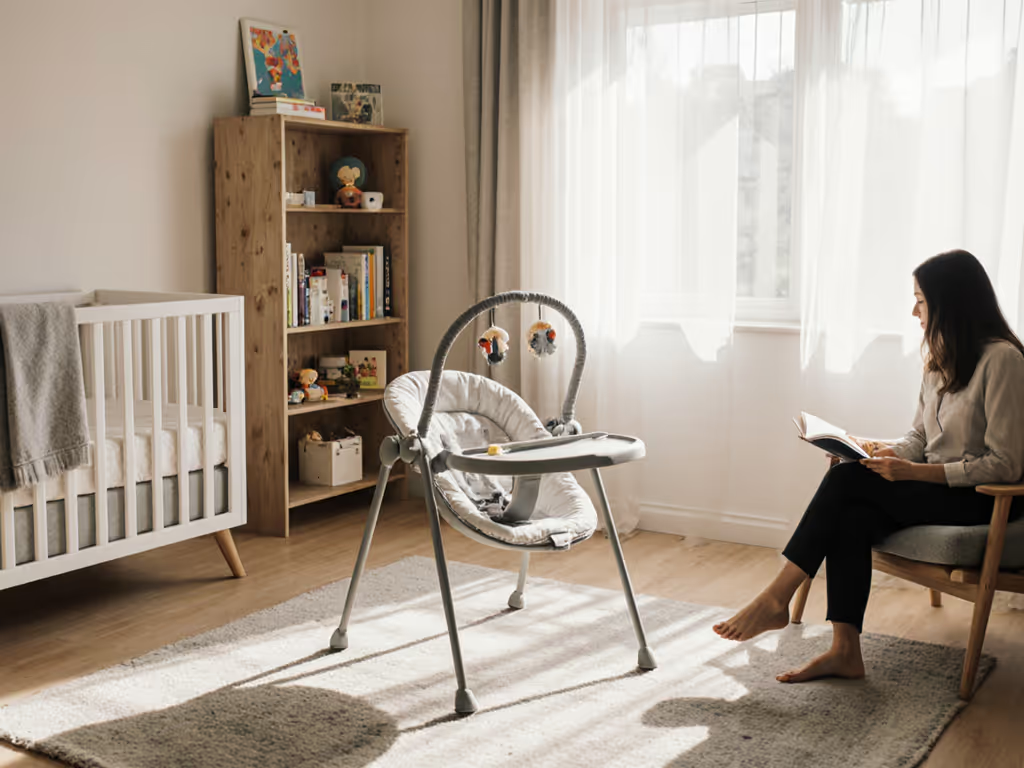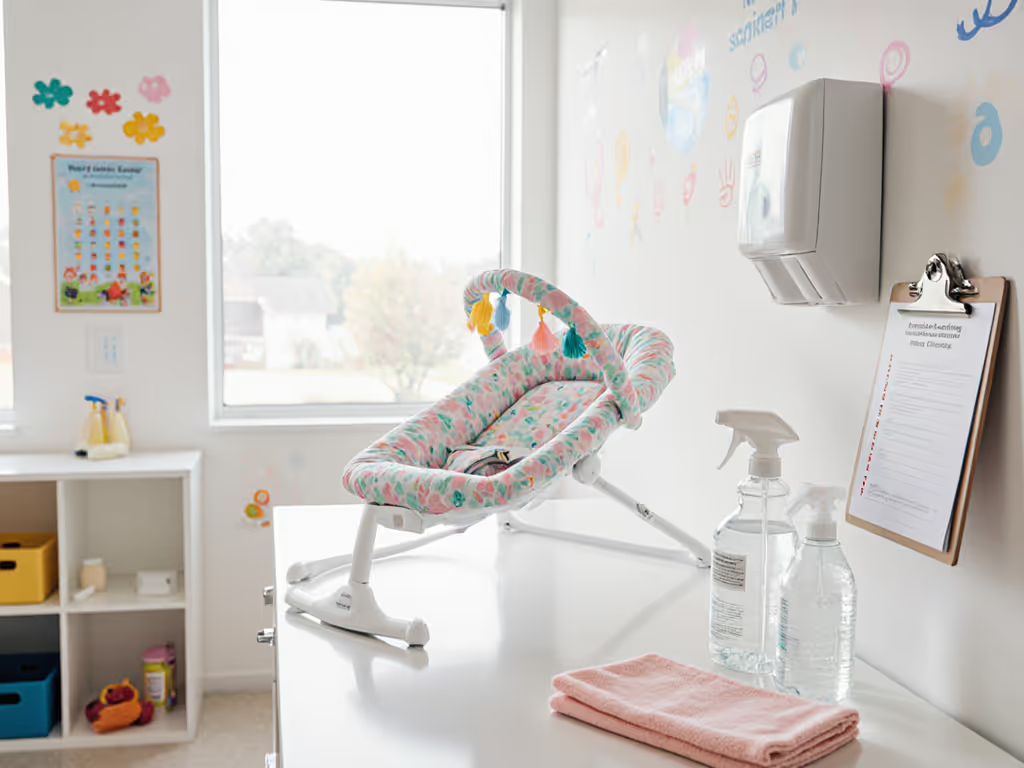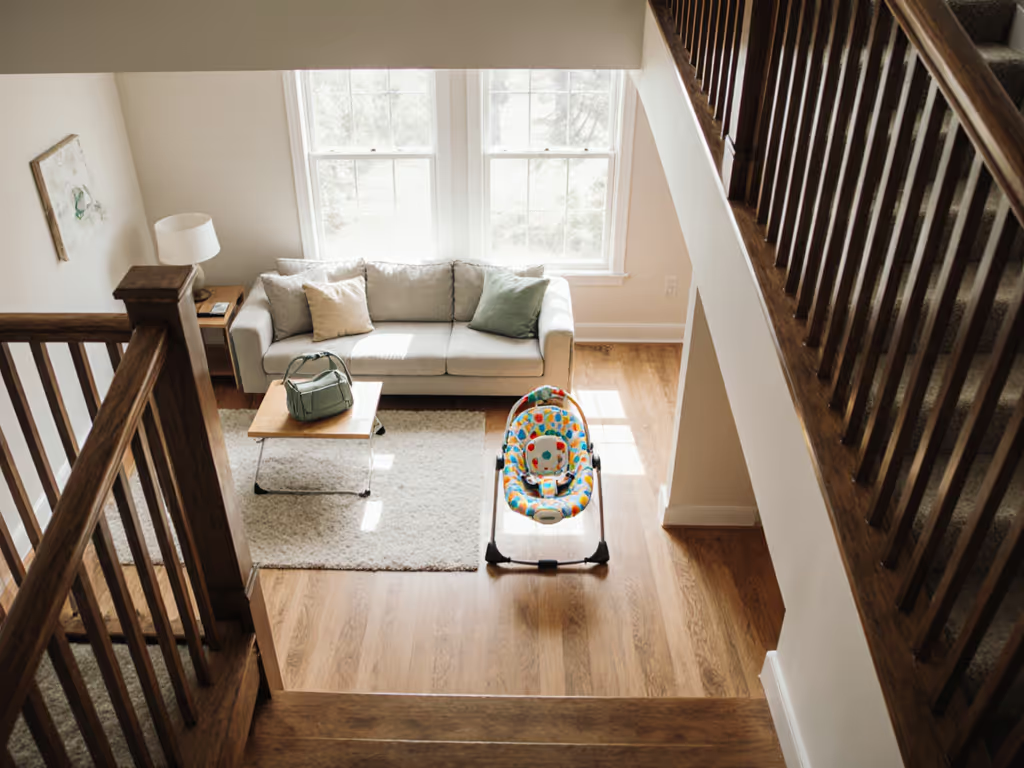
Breathable Summer Baby Bouncer Safety Guide
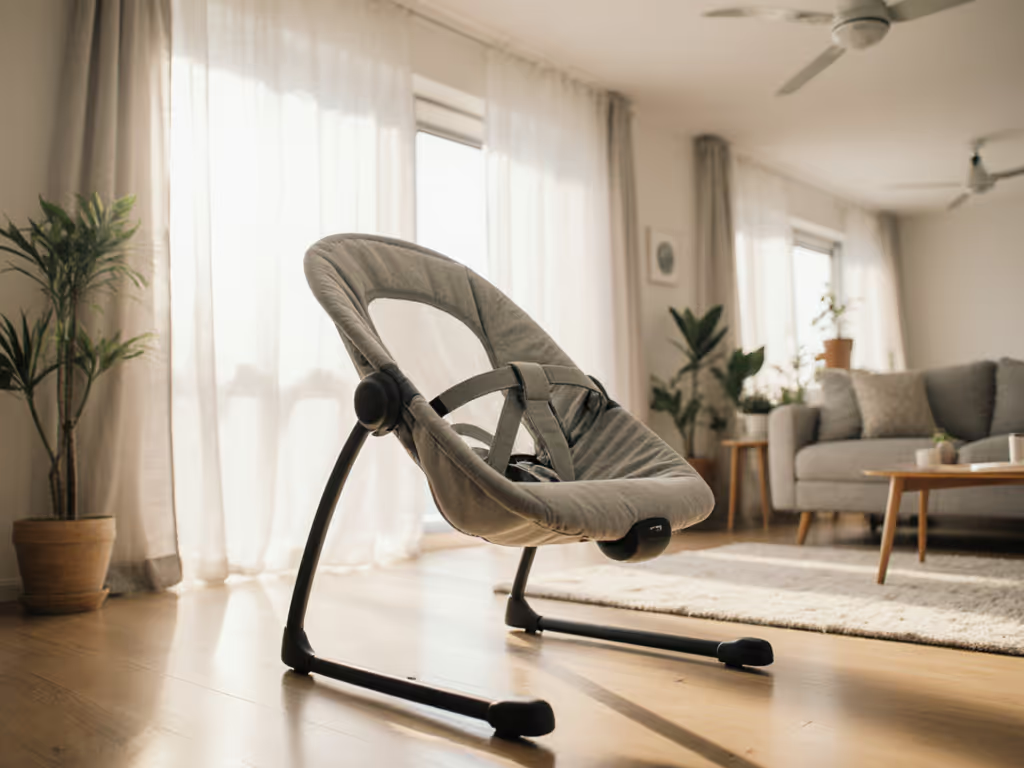
Breathable Summer Baby Bouncer Safety: Beyond the Surface Heat
When seasonal baby bouncer use shifts from cozy winter snuggles to sweltering summer days, your compact apartment demands more than just a seat (it needs a climate-aware solution that won't sacrifice safety for square footage). As someone who tested tomato-sauce stains on fabric swatches in a hallway barely wide enough for a bouncer or a desk chair (never both), I know how seasonal shifts expose design flaws. That keeper bouncer, the one that slid behind a fern, wiped clean in 30 seconds, and never announced itself, taught me this: quiet design belongs precisely where safety and space constraints collide. Let's translate CPSC data and fabric science into your reality.
Why Summer Turns Bouncer Safety Up a Notch
Summer amplifies three hidden risks in cramped spaces, per CPSC incident analysis. Between 2006-2016, 347 bouncer incidents were reported, including 12 fatalities, primarily from tipping on soft surfaces or airway obstruction when babies turned over unrestrained. Now layer urban living:
- Heat Traps: Vinyl or thick polyester covers create microclimates. Infants can't regulate body temperature efficiently, raising overheating risks that compound with restricted airflow in reclined positions.
- Slippery Surfaces: Sweat or spilled juice on hardwood/laminate floors reduces grip, a critical flaw when bases lack wide, non-slip feet.
- Distraction Fatigue: Thin walls and WFH calls mean parents miss subtle cues (like a head lolling forward) that could obstruct airways at 30-45° angles.
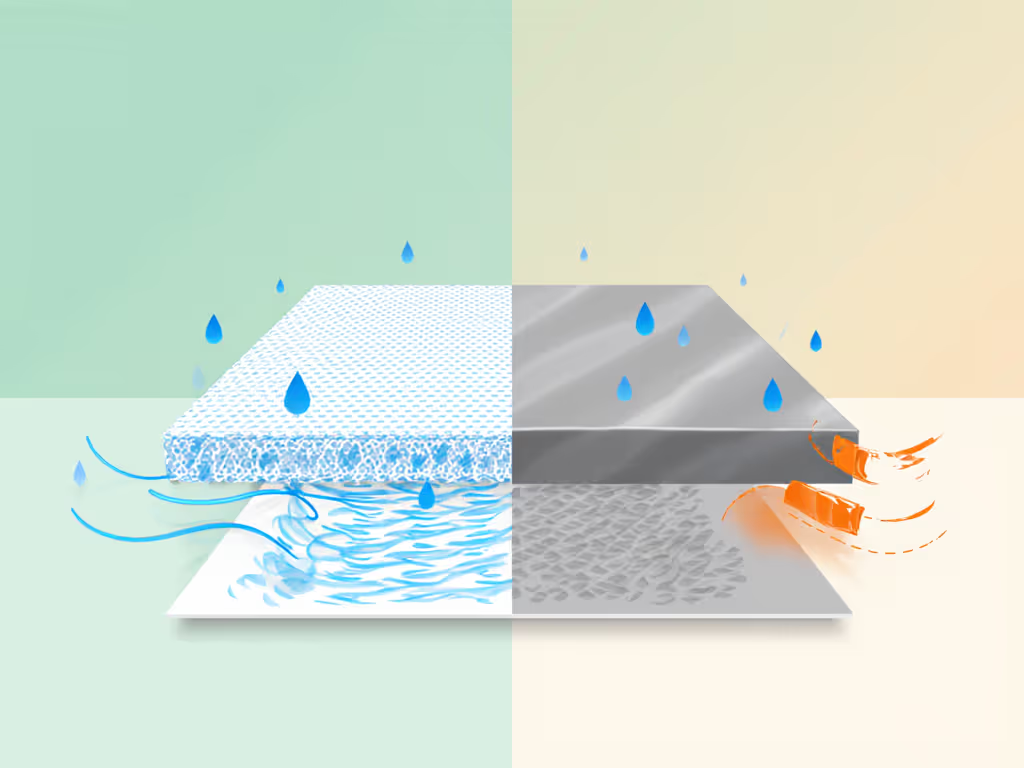
The CPSC's 2018 mandatory standard (requiring warnings like "Use bouncer ONLY on the floor" and "ALWAYS use restraints") becomes non-negotiable when heat makes babies fidgetier. For a deeper overview of hazard prevention and safe use, read our infant bouncer safety guide. Yet safety isn't just about labels. It's about bouncer temperature control that integrates with your space constraints. A breathable mesh panel won't help if the frame scrapes floors or demands 3 ft of clearance you don't have.
Material Math: Summer-Proofing Your Bouncer
In my studio, I measured every millimeter of "storage math." For summer, infant bouncer seat fabrics must pass two tests beyond CPSC standards:
- Breathability Under Load: Stretch a hand over the fabric. You should feel air movement through it, not just across the surface. Tight-knit mesh (like athletic wear) outperforms loose weaves, with less snag risk for tiny fingers in confined spaces.
- Wipe-Dry Speed: Time how long liquid beads on the surface. Fast-absorbing fabrics (e.g., bamboo-cotton blends) trap moisture against baby's skin. Hydrophobic synthetics with DWR finishes repel spills but feel clammy. The sweet spot? Recycled polyester with open-cell foam padding, tested at under 90 seconds dry time for surface spills.
If it stores slim and wipes fast, it stays.
Avoid "cooling gel" pads, they compress rapidly in slim frames, creating pressure points. Instead, prioritize removable covers with double zippers (front + back seam) for full unfolding. Why? Single zippers strain fabric when removing, stretching seams that then trap odors. In seasonal transitions, this is non-negotiable for quick washing between sticky fingers and sudden blowouts.
Space-Aware Safety: The Urban Parent's Checklist
Forget generic "safe use" guides. Your 15 x 15 ft living room needs dimension-led decisions. Apply this seasonal infant seating filter before any purchase:
- Footprint Budget: Measure your tightest clearance (e.g., between sofa and wall). If the bouncer's base width exceeds 60% of that space, skip it. My rule: Subtract 4" from your measurement (bouncers creep sideways when baby kicks).
- Stability Threshold: Test base width vs. height ratio. For summer, demand ≥1.5:1 (e.g., 18" base width for 12" seat height). Narrower bases tip faster on uneven floors, critical when humidity swells wooden planks.
- Harness Reality: Look for 5-point harnesses with one-pull adjusters. Summer outfits = more layers. If straps require rethreading, parents skip them, and ignored straps caused 41% of CPSC's entanglement reports.
Most crucially: Never place your bouncer on an elevated surface (not even for "just a minute" while folding laundry). In apartments, carpets + hardwood transitions create hidden slopes. CPSC's data shows 68% of tip-overs happened on "stable" surfaces like beds or counters. Your floor is the only floor.
The Quiet Exit Strategy: When to Retire Your Bouncer
CPSC's warning ("STOP using when baby tries to sit up or reaches max weight (≤20 lbs)") isn't arbitrary. It's physics. A wiggly 5-month-old with newfound mobility can shift the center of gravity in seconds. In summer, this risk multiplies: sweaty clothes reduce friction against seats, and overheated babies squirm more.
But how do you spot the shift? Track two signs:
- The Slide Test: If baby's bottom slides down more than 2" during use, the recline angle's fighting natural hip development.
- The Reach Threshold: When baby's chin touches knees in the seated position, airway obstruction risk spikes. Stop use immediately.
This isn't about discarding gear, it's seasonal infant seating intelligence. That July bouncer might be a September footstool (if frame allows). But safety folds into space pragmatism: if it doesn't stow flat under your bed by August, it's already failed summer.
Your Summer Safety Ritual
Rotation beats replacement. Before storing your bouncer:
- Deep-clean crevices: Use a toothbrush + diluted white vinegar on harness slots (mold thrives in humid climates).
- Check foot integrity: Replace cracked/non-slip pads. Silicone > rubber in summer heat, they won't leave residue on floors.
- Verify recline stops: Wipe hinges with microfiber cloth. Grit = squeaks = noise anxiety during WFH calls.
This ritual transforms seasonal shifts from gear chaos into calm control. You're not just storing a bouncer, you're reclaiming floor space for a breathing room that serves everyone.
The Quiet Design Promise
Good summer bouncer safety isn't a checklist, it's the absence of friction. It's the bouncer that stays folded behind the door until needed, wipes clean after a melted popsicle attack, and never mars your floors. It respects the physics of your space and the biology of your baby. As I learned in that cramped hallway: when summer baby bouncer choices prioritize breathability, stability, and silent storage, they don't just fit your home, they protect it. Because quiet design belongs where safety meets square footage, every season.


